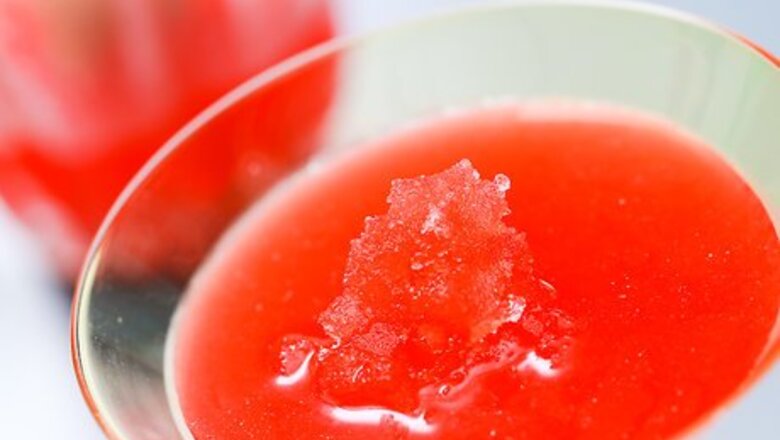
views
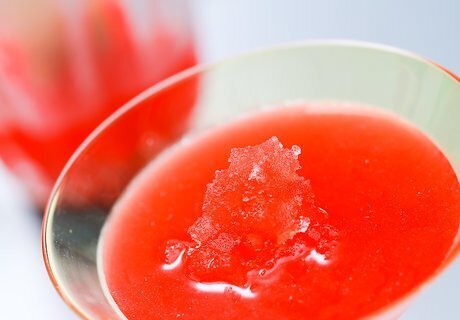
Choose a consistency and base: slushy, thick, or creamy. A base of crushed ice (which can come from blending ice cubes) in a relatively large amount of watery and/or alcoholic liquid produces a cold, dense-feeling, but free-flowing slush of ice particles. (Crushed ice in a relatively small amount of liquid tends to crystallize into a stiff mass, not very drinkable, which is why quiescently frozen confections like popsicles need things like sugar--not just to taste sweet.) Like simple iced drinks, slushy ones work well with mild and sour flavors and to drink quickly on cold days. Thawing them absorbs a lot more heat than simply warming cool drinks, so they taste very cool but can cause "brain freeze" if consumed too quickly. A base of crushed ice (some or all from frozen fruity ingredients) in a relatively small of watery and/or alcoholic liquid, accompanied by a large quantity of complex molecules such as sugar, fiber, protein or fat produces a thick but flowing, smooth slush like a smoothie, approaching a sorbet. This is great for sweet drinks such as pina coladas: the cold taste and texture will balance the sweetness. A base of rich dairy products like ice cream or condensed milk produces a creamy, milkshake-like drink. The smooth feel is great with spicy ingredients--consider coffee and chocolate milkshakes--but the solids could be damaged by much acid, which "curdles" milk. The blender's practical requirement for the ingredients to recirculate to the cutting blades limits how thick the drink can be. An ice cream base is used for creamy grasshoppers and frozen mudslides. Combining ice and ice cream is generally not recommended: watery milky flavor is often not appealing.
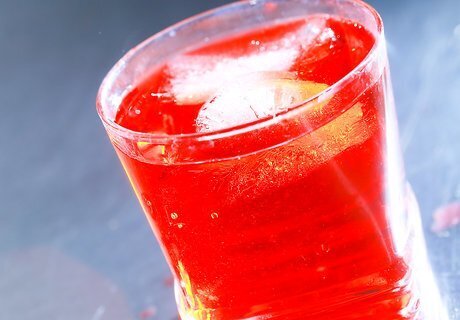
Reduce dilution by plain ice for rich drinks. Use fresh fruit instead of juices. Like fruit smoothies, it enriches a "healthier" balance in the drink and adds a stronger fruit taste. You can also use frozen fruit, as this helps the "freezing" of the drink. Chopped frozen fruit can save money, because it is an efficient way to use fruit that may have had a few bad spots to come out. Frozen concentrated juice can even reverse dilution. Bear in mind when proportioning other ingredients that orange juice is very sweet, and lemonade and limeade concentrates are mostly added syrup.
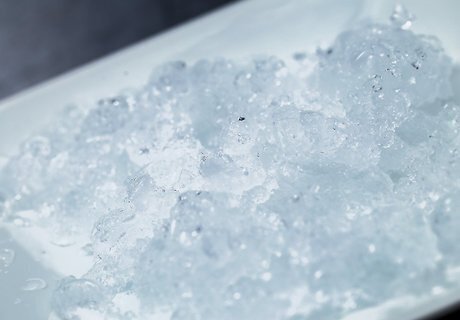
Use crushed ice, often supplied by a fancy refrigerator through the door, instead of regular ice cubes. Having crushed ice on hand makes it easier on the blender itself, such as less wear and tear and more drinks can be made in a shorter amount of time. If you are planning to make lots of blended drinks, it's best to invest in pre-bagged crushed ice bags. These can be easily found in supermarkets.
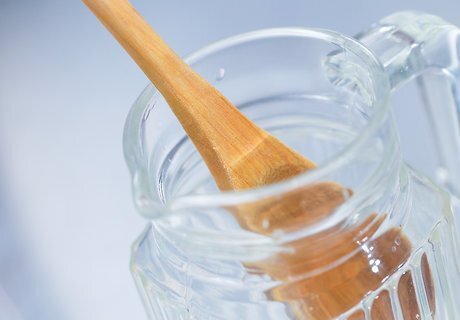
Mix sugars in thoroughly. Sugar gives a sweet taste and allows the mixture to flow smoothly. If it's not mixed in well, it can't do its work (but still has its calories). Sugar doesn't dissolve quickly in cold water, but dissolves in almost any proportion with hot water. Mix the sugar with a little hot water, or with cold water and microwave until it dissolves. Syrup can be dangerously hot and sticky! Let it cool to lukewarm before adding to the blender and/or dribble over ice so a temperature difference doesn't break the glass carafe. This "simple syrup", if thick, will keep at room temperature. Corn syrup crystallizes even less readily than regular sugar, so it can work even better.
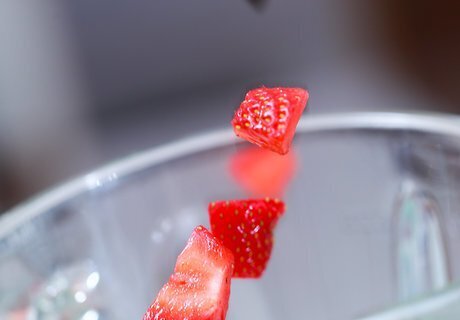
Add the fruit first and ice last. Cut any fruit into 1 inch (2.54 cm) chunks. Building the mixture with the ice last ensures that any fruit/liquid gets evenly blended along with the ice.
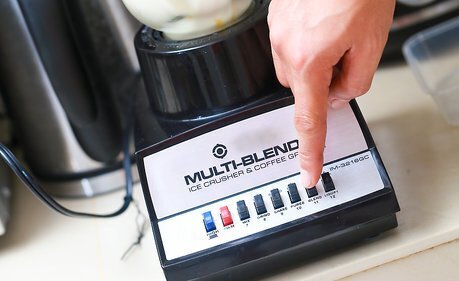
Blend. Start on a slow speed, then increase. Short pulses are excellent for the fruit and ice. Allow the mixture to thoroughly blend until you do not hear any ice churning. If the mixture does not recirculate to the blender blades, it needs more water, or, if compatible with the recipe, more sugar to lubricate a dense mixture.
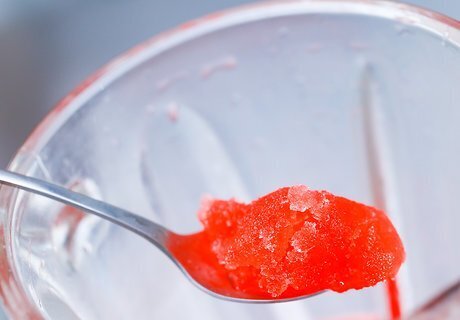
Double check on the texture of the drink before pouring into glasses. When ice is used, make sure that it is well combined and crushed. If the mixture is too thick, add more fruit or liquid. If the mixture is too thin, add more ice. Extended blending can make the ice so fine that particles are not shards of preexisting cubes, but delicate, smoothly flavored crystals refreezing in equilibrium from the mass of drink, as can happen when a supercooled soda is opened and the reduction in pressure allows crystallization. This can take about 30 seconds. Delicious!
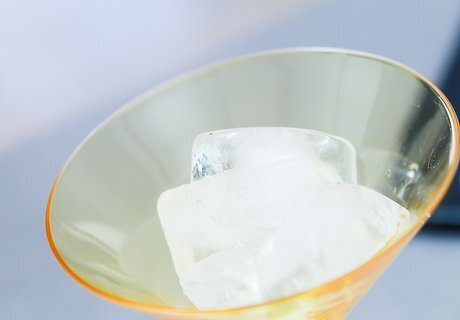
Reduce melting in the glasses. Use chilled or frozen glassware instead of room temperature items. Putting a frozen drink into a warm glass tends to melt the drink faster. Or use plastic glasses, which don't store much heat themselves or conduct heat well from the outside.














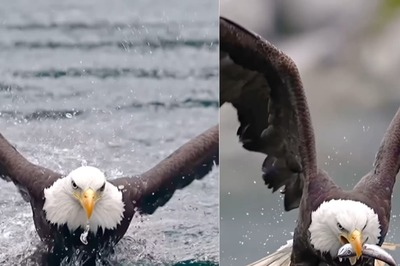


Comments
0 comment